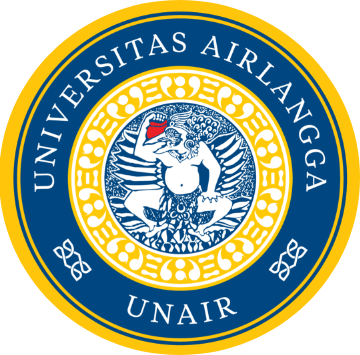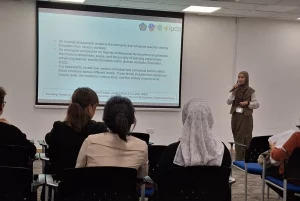UNAIR NEWS – The soaring crude oil and gas price on the international market is hampering global economic recovery. It was conveyed by Prof. Dra Ec Dyah Wulansari MEc Dev Ph.D during UNAIR inauguration of professors at Garuda Mukti Hall, MERR (C) Campus, Wednesday, December 28, 2022. Prof Dyah said the declining economy was due to the energy crisis. One of them is marked by the rising price of world crude oil prices and limited Indonesian exports.
“The energy crisis opens opportunities for the palm oil industry to penetrate the global oil market. Palm oil is the basic ingredient for biodiesel and is an environmentally friendly energy,” she said.
The huge market demand for palm oil provides opportunities and challenges for Indonesia to increase production and meet the needs of the international market. Despite occupying the highest export volume of 60.85 percent, Indonesian palm oil prices are still low compared to Malaysia. So it is estimated that the demand for Indonesian palm oil will increase with the challenge of clearing forest areas.
“Millions of hectares of converted forest area have turned into abandoned land in the form of shrubs and new critical land. As a result of this expansion of oil palm plantations, we can be sure that Indonesia has a greater risk of biodiversity loss from its tropical rainforest ecosystems,” she said
Efficiency of palm oil production
Prof Dyah explained to increase oil production without threatening Indonesia’s natural wealth, efficiency efforts can be started by calculating land use using the Stochastic Frontier Analysis (SFA) method. In addition, production efficiency and scale efficiency can also be measured using the Data Envelopment Analysis (DEA) method.
“The average land use efficiency score in each province in Indonesia is relatively the same. The number of businesses that can optimally utilize their land for plantations is only 0.31 percent, and the remaining 99.69 percent has not been managed,” she said.
The calculation results of the DEA method, said Prof. Dyah, showed that palm oil companies produce fresh fruit, CPO (Crude Palm Oil) worth 4.8 percent, and PKO (Palm Kernel Oil, ed.) 26.83 percent are considered not optimal. Indonesia production in its productive period was only able to produce 9-15 tonnes of FFB/hectare.
“Efforts to increase palm oil production can be done by using more efficient input factors, optimizing the production scale through workers’ skills and quality improvement, and utilizing technological advances through R&D development,” she concluded during her 2022 Professor inauguration oration. (*)
Author: Rosita
Editor: Binti Q. Masruroh









